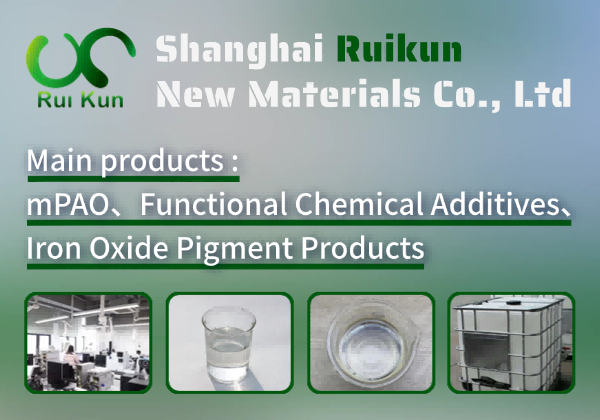What is nitrogen
**Introduction to Nitrogen** Nitrogen (N₂) is a colorless, odorless, and inert gas that makes up 78% of Earth's atmosphere. Essential for life, it is a key component of amino acids, proteins, and DNA. Industrially, nitrogen is widely used for its non-reactive properties—preventing oxidation in food packaging, electronics manufacturing, and chemical storage. It also plays a critical role in cryogenics, metal fabrication, and as a blanketing gas in oil and gas operations. Extracted via fractional distillation of liquid air, nitrogen is supplied in compressed gas or liquid form. Its versatility and safety make it indispensable across industries, from healthcare to aerospace. (Word count: ~100)
Preparation Process: To prepare nitrogen gas, start by liquefying air through compression and cooling. Fractionally distill the liquid air to separate nitrogen (boiling point: -196°C) from oxygen (-183°C) and other gases. Collect the nitrogen vapor. Alternatively, heat ammonium nitrite (NH₄NO₂) carefully, as it decomposes into nitrogen (N₂) and water (H₂O). Another method involves passing ammonia (NH₃) over hot copper oxide (CuO), producing nitrogen, copper, and water. For lab-scale purification, remove oxygen from air using alkaline pyrogallol or by passing air over heated copper. Store nitrogen in pressurized cylinders after drying. Ensure proper ventilation during preparation.
Usage Scenarios: Nitrogen is widely used across various industries due to its inert properties. In the food industry, it preserves freshness by displacing oxygen in packaging, preventing spoilage. In electronics, nitrogen creates inert atmospheres during soldering and manufacturing to avoid oxidation. The chemical industry employs nitrogen in producing ammonia, fertilizers, and explosives. It is also used in pharmaceuticals for drug synthesis and storage. In metalworking, nitrogen enhances heat treatment processes and prevents oxidation. Medical applications include cryopreservation and as a component in anesthesia. Additionally, nitrogen is crucial in tire inflation for improved fuel efficiency and safety. Its liquid form is used for cryogenic freezing in scientific research and food processing.
nitrogen Basic Info
nitrogen Price
1. **United States**: $0.10 - $0.50 per cubic meter (gas) or $0.50 - $2.00 per liter (liquid).
2. **China**: $0.05 - $0.30 per cubic meter (gas) or $0.30 - $1.50 per liter (liquid).
3. **Russia**: $0.05 - $0.25 per cubic meter (gas) or $0.25 - $1.20 per liter (liquid).
4. **Germany**: $0.20 - $0.60 per cubic meter (gas) or $0.80 - $2.50 per liter (liquid).
5. **India**: $0.10 - $0.40 per cubic meter (gas) or $0.40 - $1.80 per liter (liquid).
6. **Japan**: $0.30 - $0.80 per cubic meter (gas) or $1.00 - $3.00 per liter (liquid).
7. **Brazil**: $0.15 - $0.50 per cubic meter (gas) or $0.60 - $2.20 per liter (liquid).
8. **South Korea**: $0.25 - $0.70 per cubic meter (gas) or $0.90 - $2.80 per liter (liquid).
9. **Philippines**: $0.20 - $0.60 per cubic meter (gas) or $0.70 - $2.50 per liter (liquid).
10. **United Kingdom**: $0.25 - $0.70 per cubic meter (gas) or $0.90 - $3.00 per liter (liquid).
11. **France**: $0.20 - $0.65 per cubic meter (gas) or $0.80 - $2.80 per liter (liquid).
12. **Mexico**: $0.15 - $0.50 per cubic meter (gas) or $0.60 - $2.20 per liter (liquid).
13. **Canada**: $0.10 - $0.50 per cubic meter (gas) or $0.50 - $2.00 per liter (liquid).
14. **South Africa**: $0.15 - $0.45 per cubic meter (gas) or $0.50 - $2.00 per liter (liquid).
15. **Egypt**: $0.10 - $0.40 per cubic meter (gas) or $0.40 - $1.80 per liter (liquid).
16. **Turkey**: $0.15 - $0.50 per cubic meter (gas) or $0.60 - $2.20 per liter (liquid).
17. **Thailand**: $0.20 - $0.60 per cubic meter (gas) or $0.70 - $2.50 per liter (liquid).
18. **Indonesia**: $0.15 - $0.50 per cubic meter (gas) or $0.60 - $2.20 per liter (liquid).
*Note: Prices are approximate and can vary based on market conditions, form, and supplier.*



